After playing Dark Souls: The Board Game in a cafe a few years ago, I was certain that an Elden Ring followup from Steamforged Games would be a surefire hit. Or was I? Elden Ring iterated on Dark Souls in so many ways that don’t translate well to the tabletop realm that, by the time I actually got my hands on it, I started to doubt myself.
Sure, you could transfer Dark Souls’ deck-based combat to bosses, but how would its successor manage the open world? And with the largest miniature included in the Dark Souls base game being Smough, how would Steamforged cope with scaling up its production to include the likes of Margit and Trolls?
I shouldn’t have worried. Elden Ring: The Board Game is a smooth experience for anyone who craves that FromSoftware vibe on the tabletop. I even found myself overlooking the fact that some of its solutions to these questions are a little inelegant, because what could be more FromSoftware than a little jank?
Elden Ring The Board Game: What’s In The Box?
As you’d expect from Steamforged, Elden Ring: The Board Game comes in a big box, and it’s filled to the brim. The rulebook is surprisingly (and refreshingly) streamlined, but a thicker scenario book and four necessary encounter books mean there’s a lot of paperwork. Three sheets of token and some flimsy player dashboards (these should have been sturdier card, to be honest) later, and you’re into the miniatures.
In the Realm of the Grafted King expansion alone, you receive 51 miniatures, ranging from basic rats and Godrick Soldiers, to an impressive Tree Sentinel and, of course, Margit, the Fell Omen. The miniatures are packed in and seem pretty safe, although a few fell over in transit. They were undamaged, and generally everything seems pretty sturdy bar a couple of bent swords, which feels on-brand for Elden Ring, anyway.
It’ll take all my willpower not to convert these Miyazakian monstrosities into Warhammer 40K biomechanical beasties, specifically for my Dark Mechanicus. In fact, the only thing stopping me is the strength of the game itself.
Exploring Elden Ring
That open-world freedom I was worried about? It’s represented beautifully by a tile-based system, wherein exploring entails drawing new tiles and building the map as you go. This ensures that every game is different, and that every new area of Limgrave you explore is exciting.
Expansions cover Stormveil Castle and the Weeping Peninsula, but I’d love to see Steamforged follow up with the rest of the Lands Between.
Everything in this game is deck-based. You get a deck of tiles for exploring, a deck of events and quests when you uncover a new location, a deck for combat, a hardship deck that may be a rock slide or enemy incursion to halt your progress. Each Tarnished (you can play with anywhere between one and four) has three actions a turn, picked from exploring, moving, interacting, trading, crafting, or using your flask. Beware, though, that initiating combat by moving onto a tile occupied by an enemy ends your turn and the turn of any other Tarnished who want to help you out.
To tell the story of the Lands Between, the scenario book reads almost like a Choose Your Own Adventure book, with beautifully written descriptions that sell the setting before prompting you to add cards to your decks or turn to a certain page. There’s a fair amount of reading, which is fine if you’re a solo player, but might get a bit much if you’re reading aloud to a group of friends. I’d suggest alternating so that nobody’s voice gets too worn out.
While I was keen to see how the board game managed Elden Ring’s open world, it’s the encounters therein that really bring it to life. NPCs and horrific foes never fail to amaze and surprise, and the latter is a perfect descriptor for the game’s combat.
Grid Combat
Elden Ring’s combat is not as similar to Dark Souls’ as I’d imagined. Firstly, when you enter combat with an opponent, you turn to their page in the encounter book. Move your character from the tiled overworld to this grid, place the enemies as shown, et voila. Start swinging.
Combat is, like Dark Souls, card-based. However, it functions quite differently. Firstly, you place your Tarnished miniatures on the grid and place the enemies as instructed. Then you grab an initiative card (or two) for each combatant and shuffle them together. Everyone also has a personal deck of cards, with yours based on what equipment you’re carrying; your attributes; and memory, armour, talisman, and trait cards.
You’ll also be told what cards to add to each monster’s deck. Draw from these in initiative order each turn to fight each other. It’s remarkably simple once you get the hang of it, but complex enough to feel like Soulsborne combat.
It takes a little while to get the hang of all the symbols dictating what each enemy does in a given turn, but once it clicks, the automated foes are as cunning and AI as any coded enemy. Of course, this also means you can easily learn their patterns and defeat them; a core From philosophy distilled perfectly into a tabletop setting.
However, the most important part of combat isn’t the decks, but the grid. The grids have lateral movement for dictating who can attack who and medial movement to represent changing your stance. Standing in the row closest to the opposition grants you critical hits, the middle row allows you to reposition the marching order (initiative) after it has been dealt, and the back row sees your Tarnished adopt a defensive stance to better deflect incoming blows. Standing further away has no effect on an enemy’s reach or dodging, it’s purely a visual representation of which stance you’re adopting.
It works. Combat feels fluid and suitably Soulslike. Technical, tactical, and a little bit random, you’re punished as much for caution as for overconfidence.
It’s slightly different for bosses. Instead of turning to a page in the encounter book, you turn to the same page in all four encounter books. You place these four ring-bound booklets in a square to form a battle grid.
This is the inelegant solution I alluded to earlier. It’s a little bit clunky, as there are gaps in the grid, and flicking through the pages of four booklets is a slog, especially if you’re playing solo. But I can’t think of a better option. Individual pages the size of four A4 sheets of paper would be unwieldy, too big for the box, and would undoubtedly rip and tear (wait, that’s a different game) with minimal use. Printing them any smaller would render them unusable for the enormous boss miniatures.
It’s not perfect, but it works. Again, much like Elden Ring, which has the slow, clunky combat that pervades through FromSoftware’s games. Some love it, I hate it, but the developer has stuck with it and is committed to making it work.
I’m glad Steamforged stuck with this slightly clunky solution, too, because when you’re deep into round five of trading blows with The Fell Omen, you don’t care that the board you’re playing on is four books placed next to each other.
Translating To The Tabletop
This is a big game that will take multiple sessions to complete (even without the expansions), and everyone knows that the most difficult part of playing a co-operative board game is wrangling your players and agreeing a time to play together. My friends are as flaky as a Mary Berry pastry, and the only way I’ll get through a whole campaign is on my own. Thankfully, Elden Ring allows for that. Solo play feels as balanced and competent as playing in a group, which I really appreciate.
Elden Ring: The Board Game is a fantastic distillation of the video game experience, crafted with meticulous care. There are a few rough edges, like any From game worth its salt, but this will make the perfect centrepiece for any board game collection. It’s an epic of monstrous proportions, a game to be played over multiple, D&D-length sessions, but one to savour.
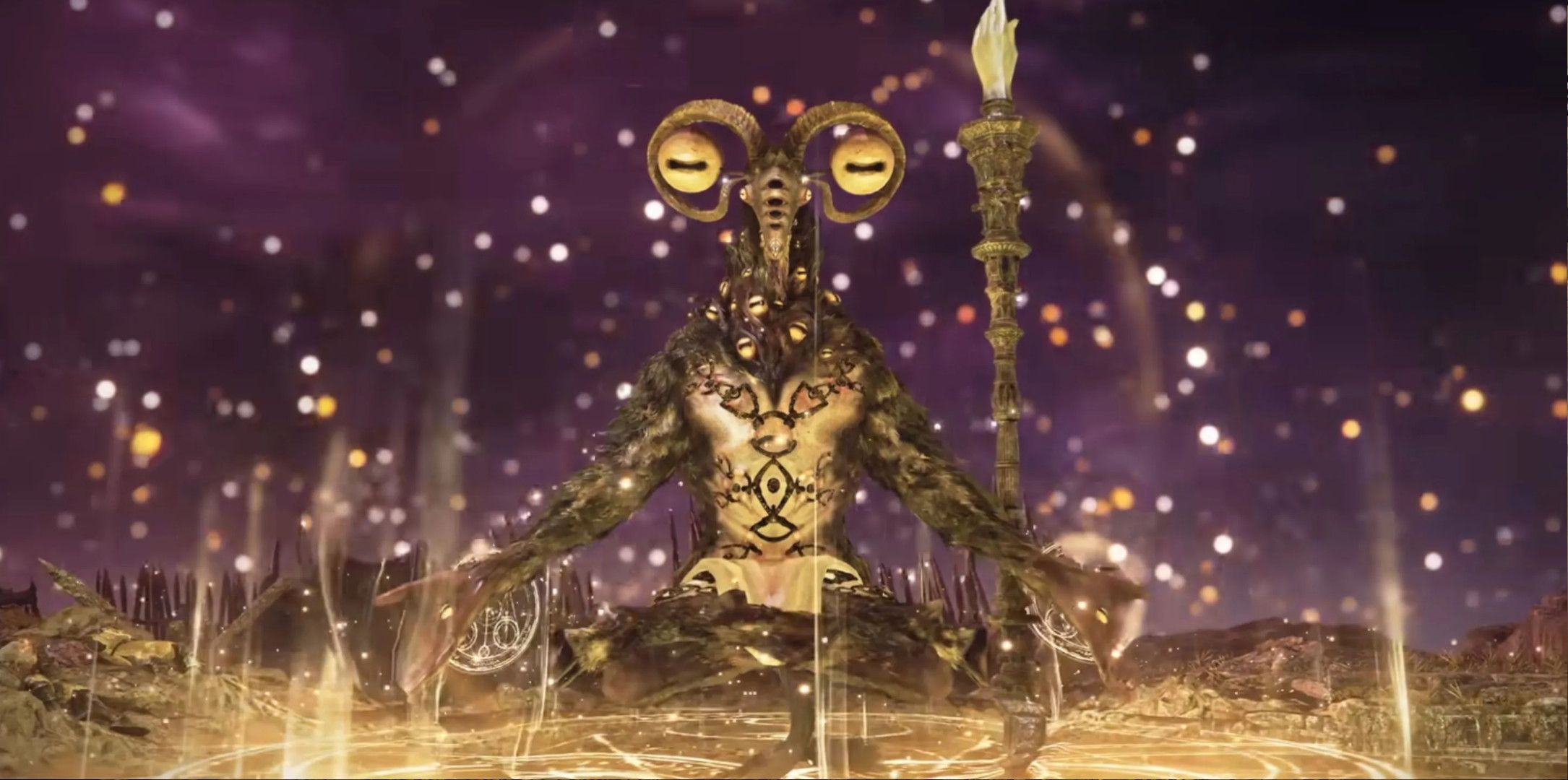
Next
I Hate Souls Games But I Love Elden Ring Nightreign
I’ve never enjoyed a Soulslike game the way I enjoy Elden Ring Nightreign.
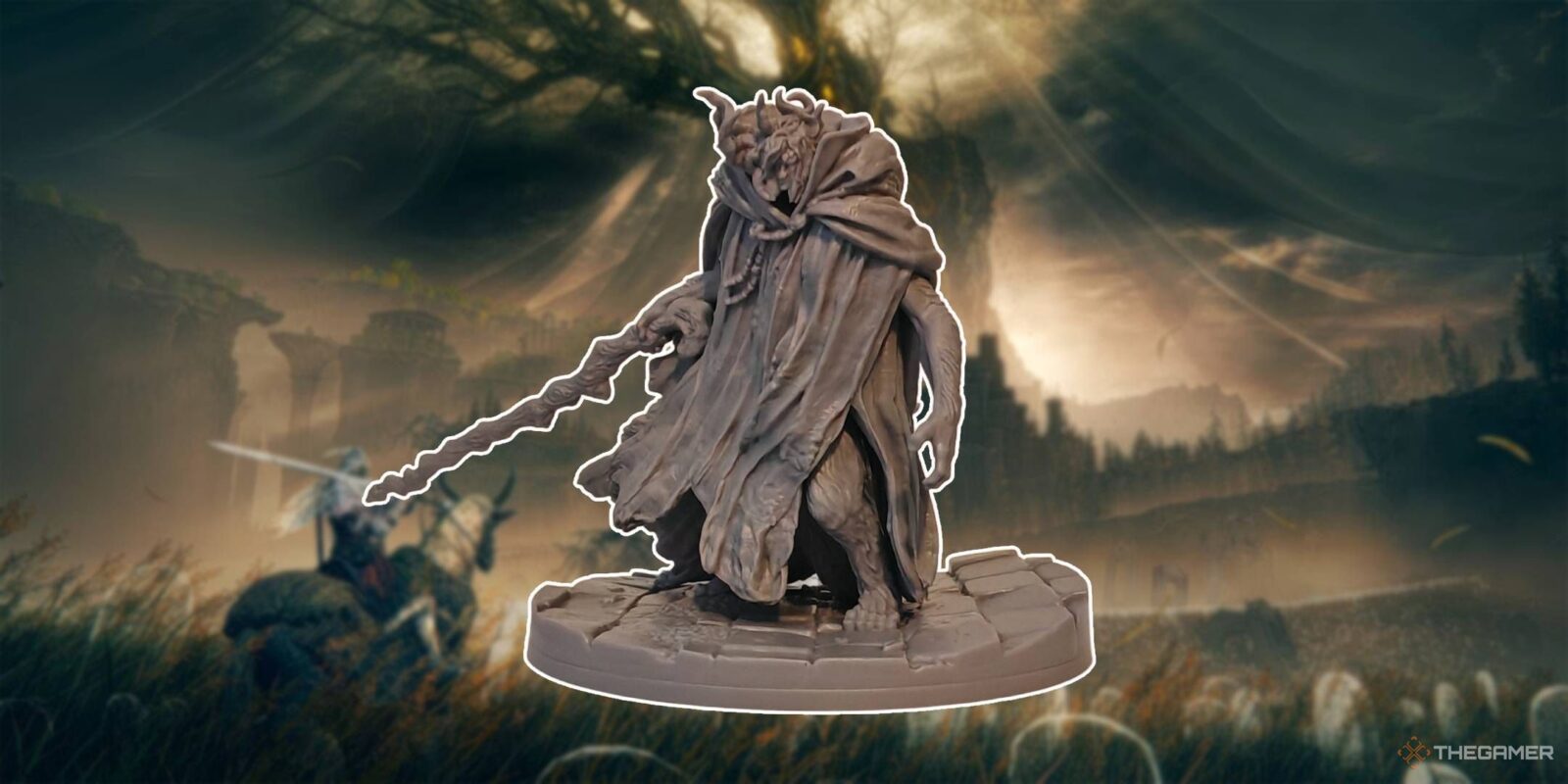

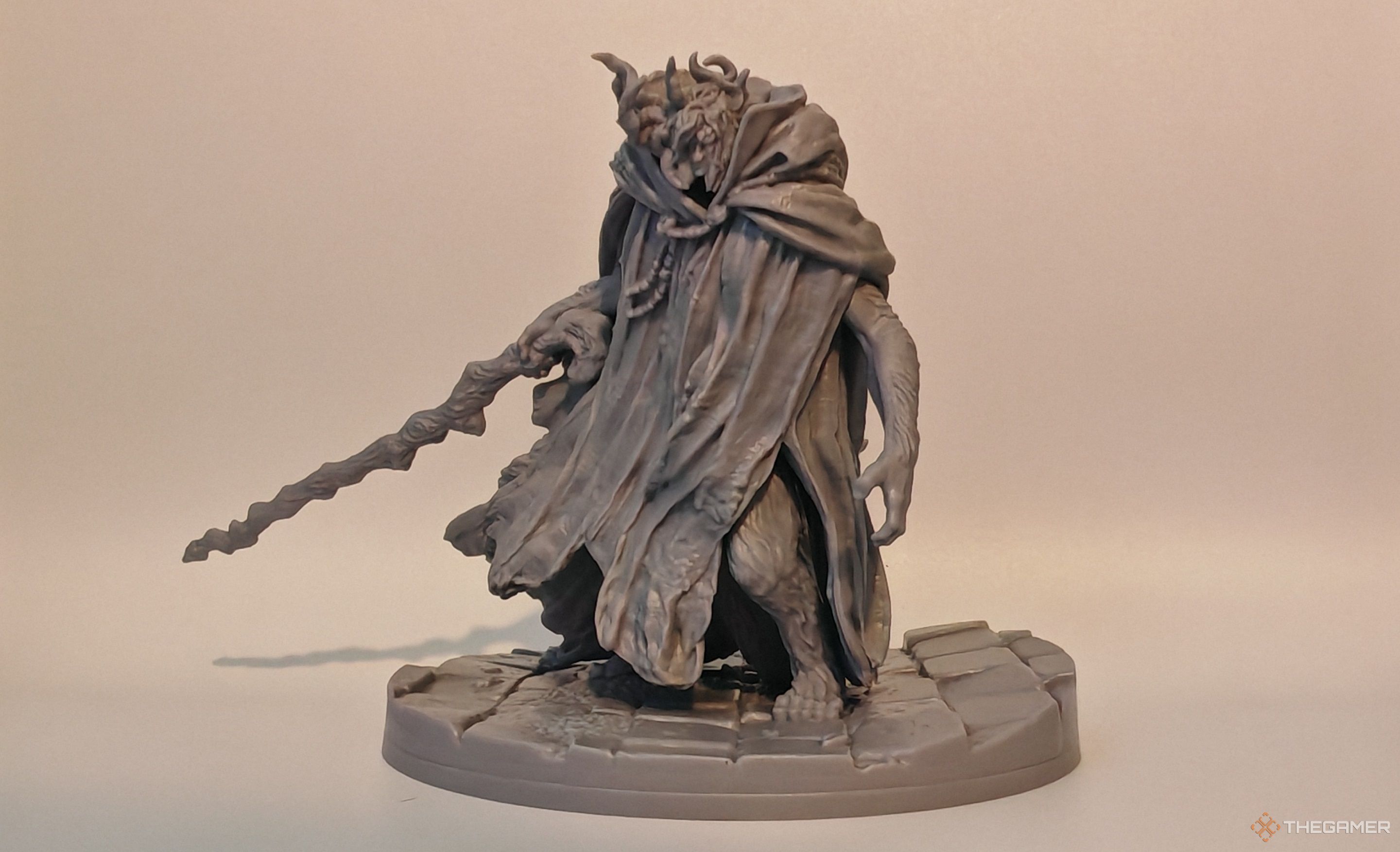
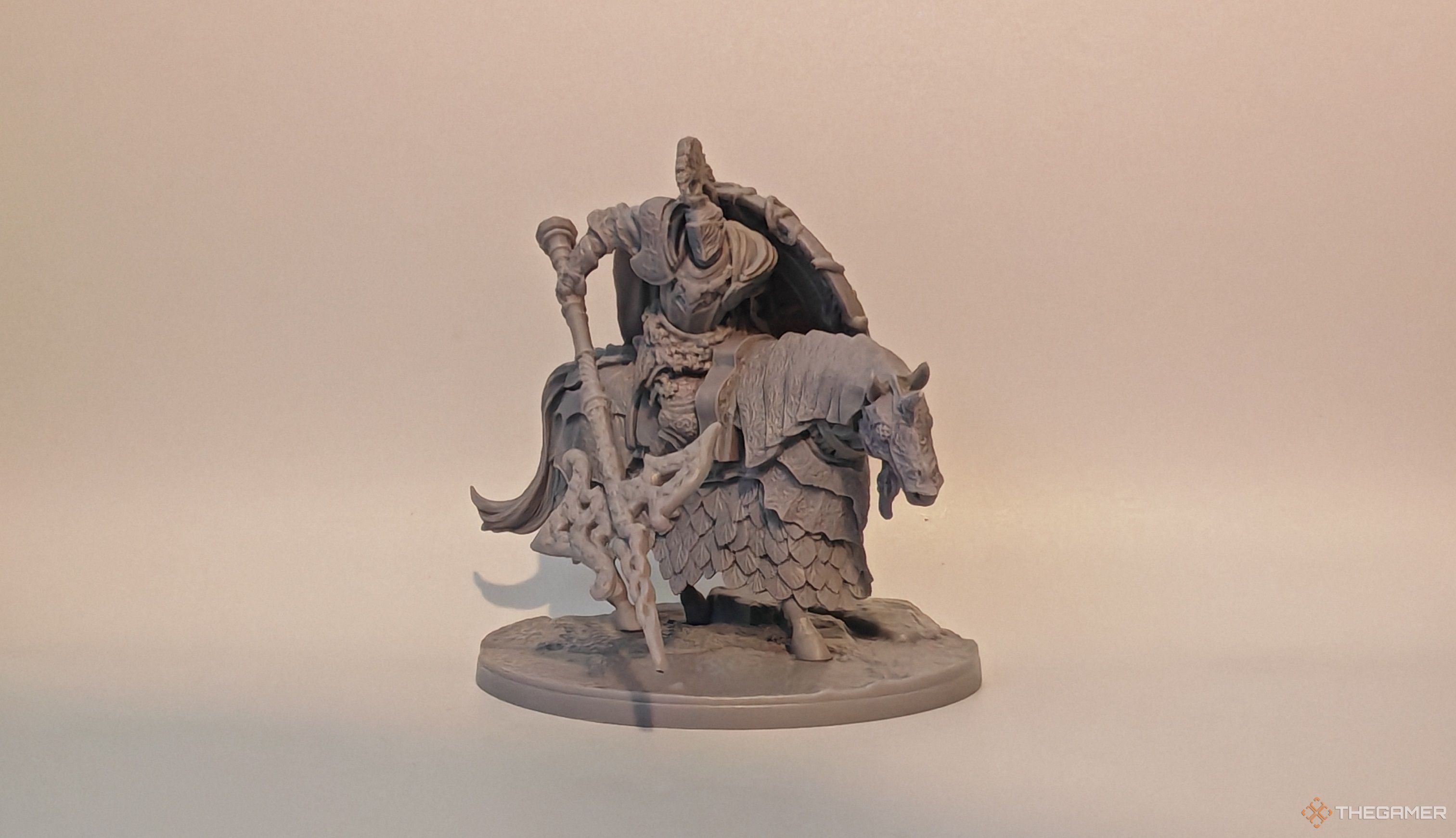
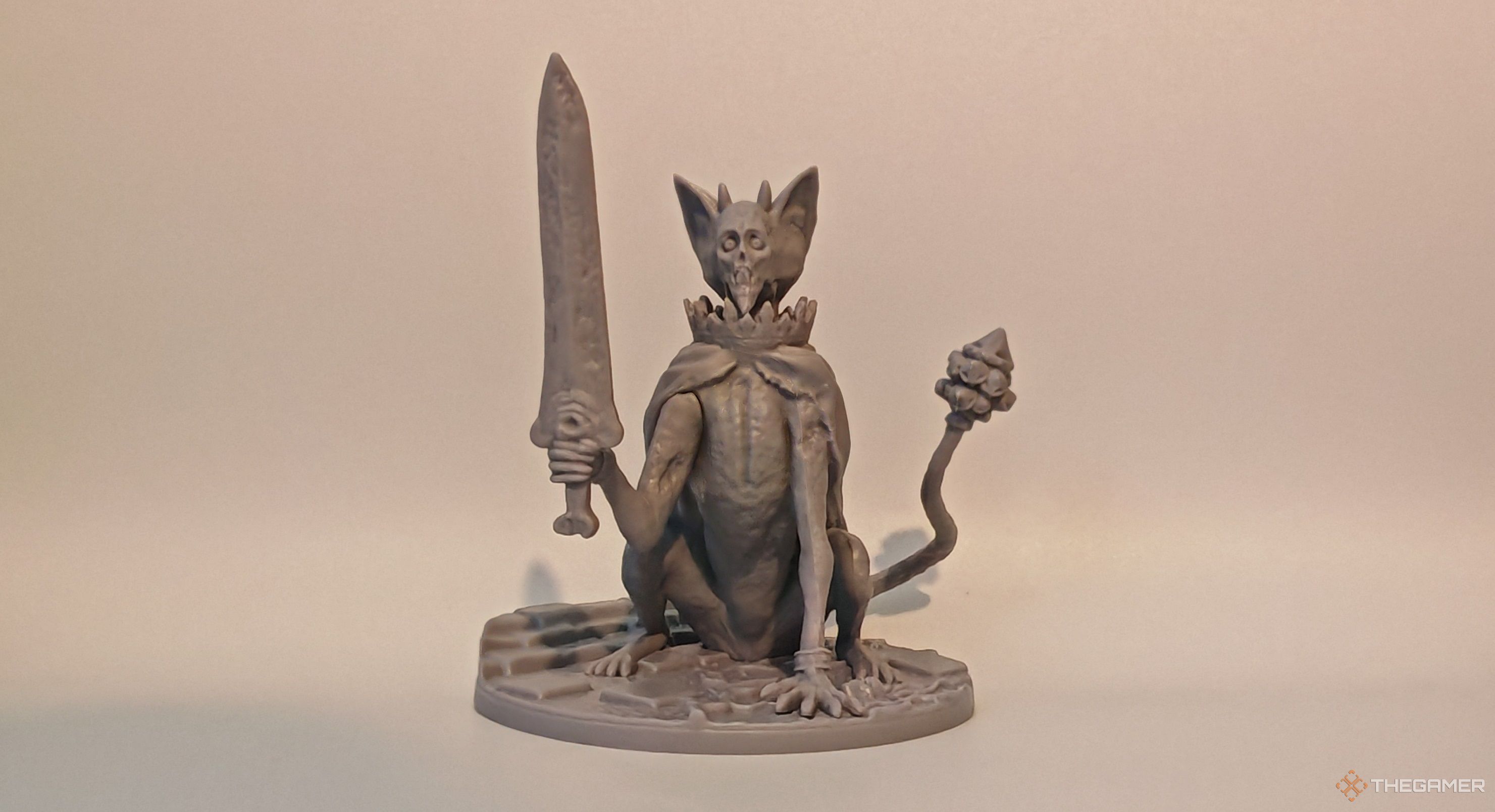
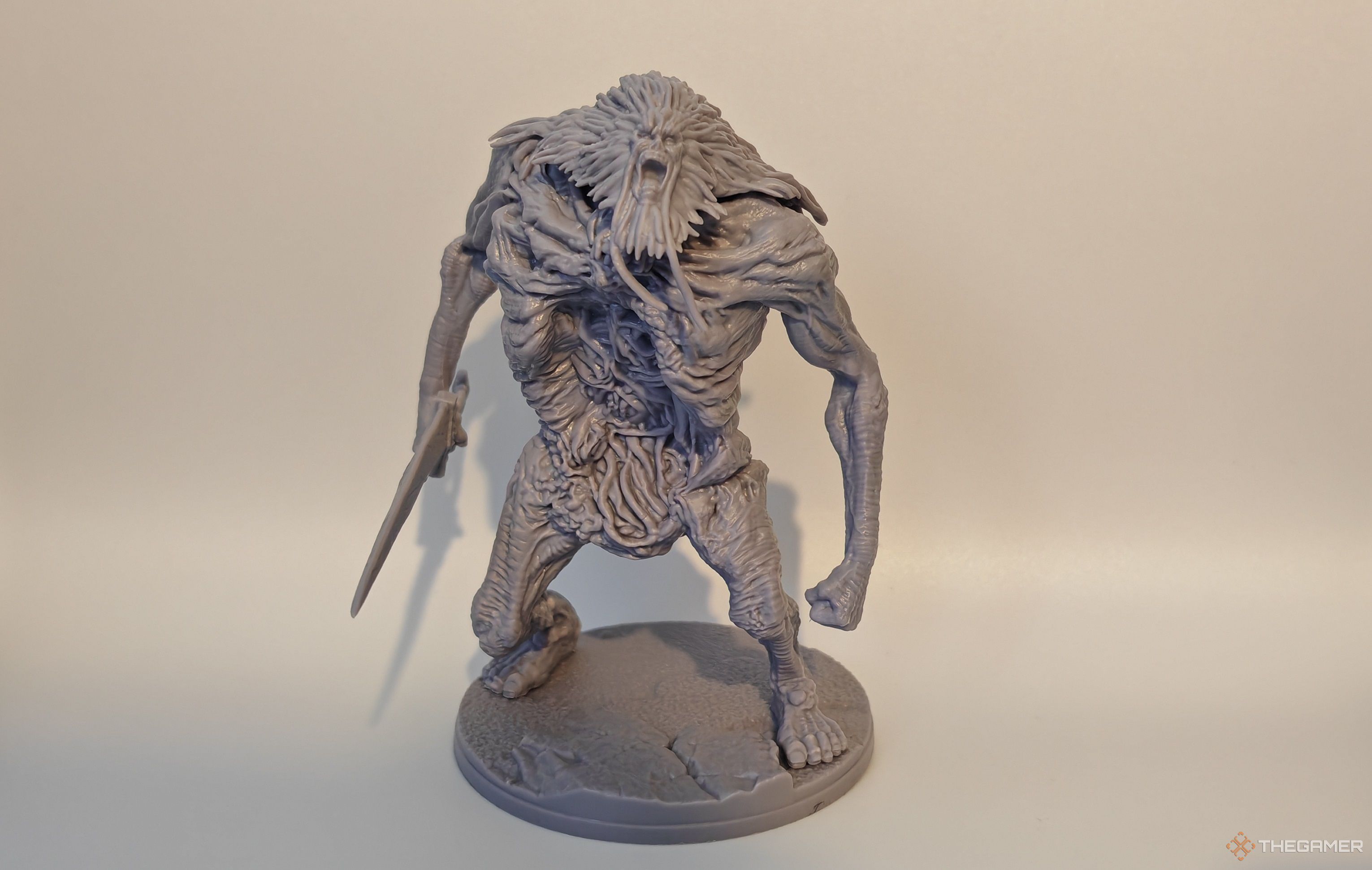
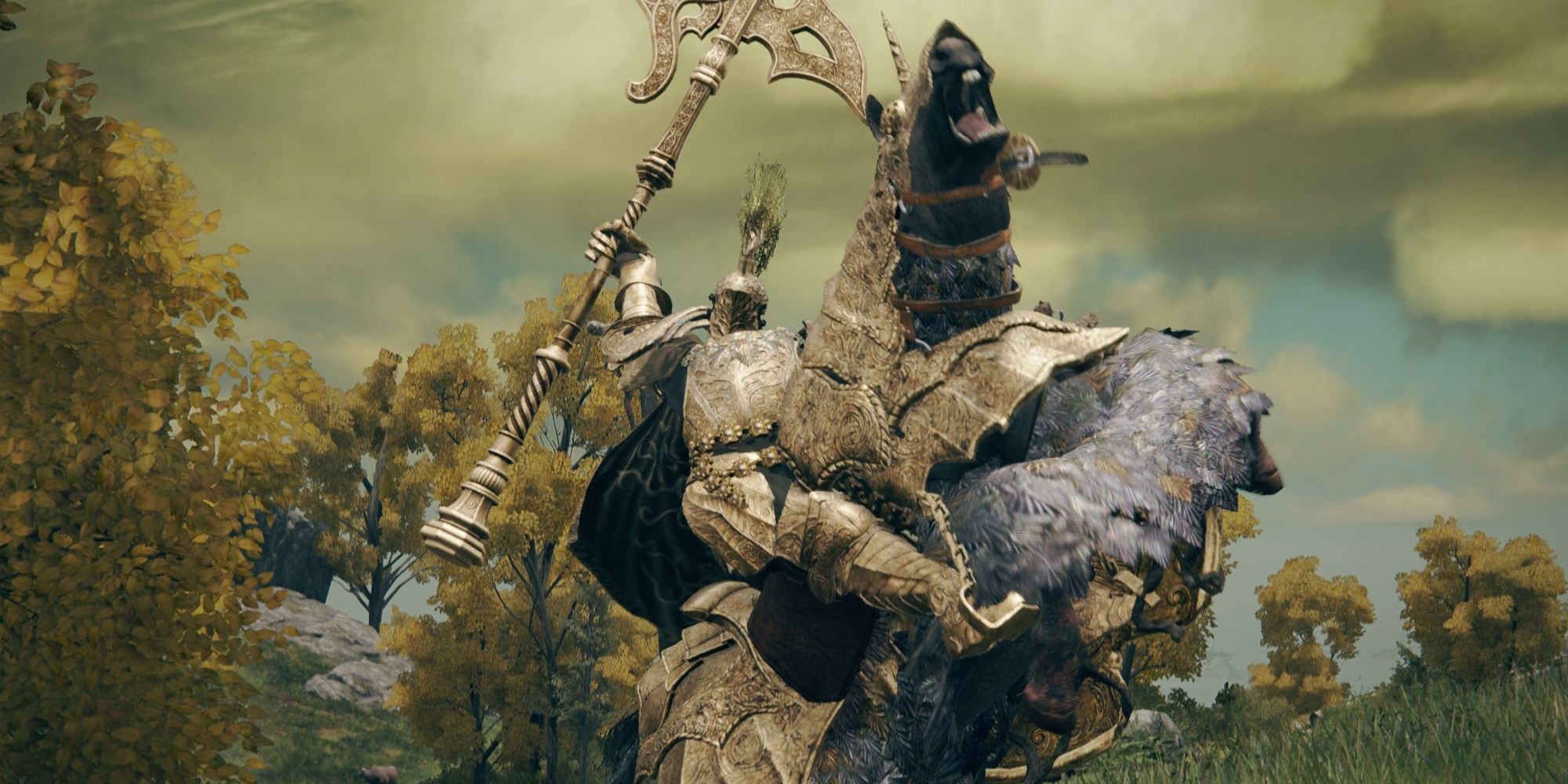





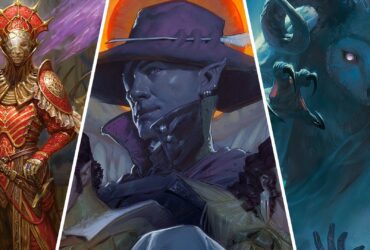




Leave a Reply